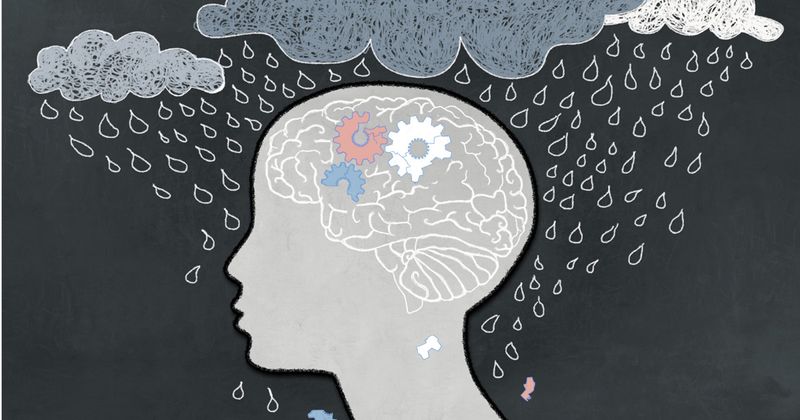Women’s stress levels, but not depression levels, vary by heart attack subtype
Key takeaways:
- Women with MINOCA experience less stress but similar levels of depressive symptoms vs. women with MI and obstructive CAD.
- The levels of either psychosocial factor did not change at 2 months after MI.
Researchers observed lower levels of perceived stress among women with MI with nonobstructive coronary arteries vs. those with MI and CAD, but the prevalence of depressive symptoms was similar.
An analysis comparing the predominance of stress and depression among women with MI with nonobstructive coronary arteries (MINOCA) compared with women with MI and obstructive CAD, both at the time of MI and 2 months later, were published in the Journal of the American College of Cardiology

Image: Adobe Stock
“Little is known about the degree to which psychosocial stress and depression at the time of MI relate to the MI presentation in women, and how stress and depressive symptoms change over time in the months after an MI event,” Anaïs Hausvater, MD, clinical instructor in the department of medicine at NYU Grossman School of Medicine, and colleagues wrote. “We aimed to determine whether psychosocial factors differ among women with MINOCA, MI-CAD, SCAD, and takotsubo syndrome at the time of presentation, and up to 2 months postevent.”
A total of 172 women with MINOCA and 314 women with MI and obstructive CAD were enrolled in the present multicenter study. Participants provided responses to the Perceived Stress Scale-4 Patient Health Questionnaire-2 at the time of MI and at 2 months afterward to assess change in emotional stress and depression.
Women with MINOCA were more often younger compared with those with MI and obstructive CAD (59.4 years vs. 64.2 years; P < .001) and were a more diverse population, with the MINOCA arm comprising of fewer white women and more women who were Hispanic and/or of other races.
However, women with MI and obstructive CAD more often had hypertension (68.8% vs. 51.8%; P =.002), dyslipidemia (57% vs. 41.4%; P = .006) and diabetes (41.9% vs. 20.6%; P < .001) compared with women with MINOCA.
The researchers observed that women with MINOCA were less likely to have high stress (defined as Perceived Stress Scale-4 score of 6 or more) at the time of MI (51% vs. 63%; P = .021) and at 2 months (32.5% vs. 46.3%; P = .019) compared with women with MI and obstructive CAD, but no significant difference in depressive symptoms at either time point (during MI, 36% vs. 43%, respectively; P = .229; 2 months after MI, 39% vs. 40%, respectively; P = .999).
Additionally, Hausvater and colleagues reported no significant differences in the rate of decline in perceived stress and depression scores during the 2-month follow-up between MI groups.

“We have identified a subset of high-risk patients who fail to improve [their stress] or get worse after their event,” Hausvater said in a press release. “It is important that clinicians, including cardiologists, screen their patients with heart disease for symptoms of stress, anxiety and depression.”
Reference:
- Stress levels worse in women who have heart attacks with blockages, study finds. https://www.acc.org/About-ACC/Press-Releases/2023/10/16/18/00/Stress-levels-worse-in-women-who-have-heart-attacks-with-blockages-study-finds. Published Oct. 16, 2023. Accessed Oct. 16, 2023.
